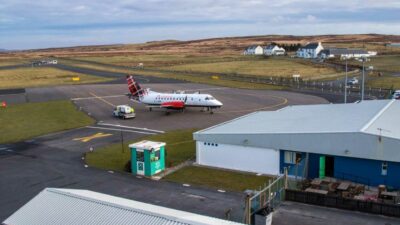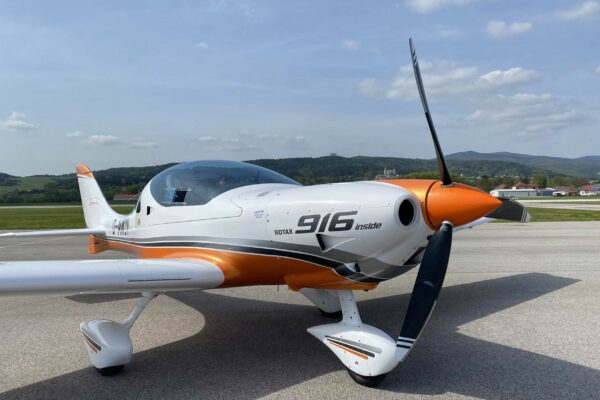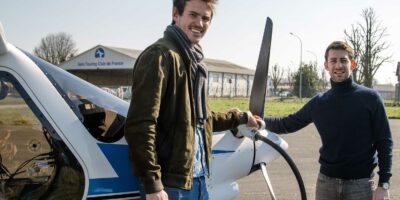A proposal to simplify the initial testing process for experimental aircraft in the UK will benefit small-scale aircraft designers and manufacturers, as well as encouraging the growth of aerospace excellence in new design concepts. The UK CAA has launched a consultation aimed at reducing the red tape and financial burdens associated with securing airworthiness and operational approval for new light aircraft designs.
For companies such as Swift (aircraft pictured), this could potentially simplify and speed up the development process of new aircraft, as well as cutting down cost.
The CAA said its proposed changes to the existing rules were part of its response to the Government’s Red Tape Challenge, and consequent commitment to deliver a risk-based and proportionate approach to overseeing general aviation. The launch of the consultation coincides with a seminar on light aircraft design held recently at the Royal Aeronautical Society (RAeS) in London. The RAeS’ General Aviation Group has been working closely with the CAA on the reform of the ‘proof of concept’ rules.
Under the CAA’s proposals, aircraft designers will be able to try out a new concept (up to a maximum take-off weight of 2,000kg) in the air without going through the costly and time-consuming procedures that currently exist to get a new design past the initial stage of prototype. If, after trying out a promising idea, it is thought to be viable, then a full design approval programme can be planned and funded in the usual way.
Individuals and organisations conducting proof of concept flights will still be required to undertake a risk assessment to support the activity and in particular, ensure that the risks to third parties are adequately addressed. For example, flights would not be allowed over congested areas, the pilot must be suitably qualified and no passengers or cargo can be carried. The relaxation of the rules on light aircraft development, which is being supported by the core general aviation member associations, could also benefit the evolution of more environmentally friendly aerospace technologies, and offer an easier route into the aerospace sector for young skilled engineers. The main objective, however, is to reverse the decline in the number of new aircraft designed and developed in the UK, a trend observed by the RAeS over recent years.
Details of the consultation, including how to respond, can be found at <a href=’http://www.caa.co.uk/consultations’ target=’_blank’>www.caa.co.uk/consultations</a>. The consultation will run for nine weeks and the CAA will publish its response in due course.












